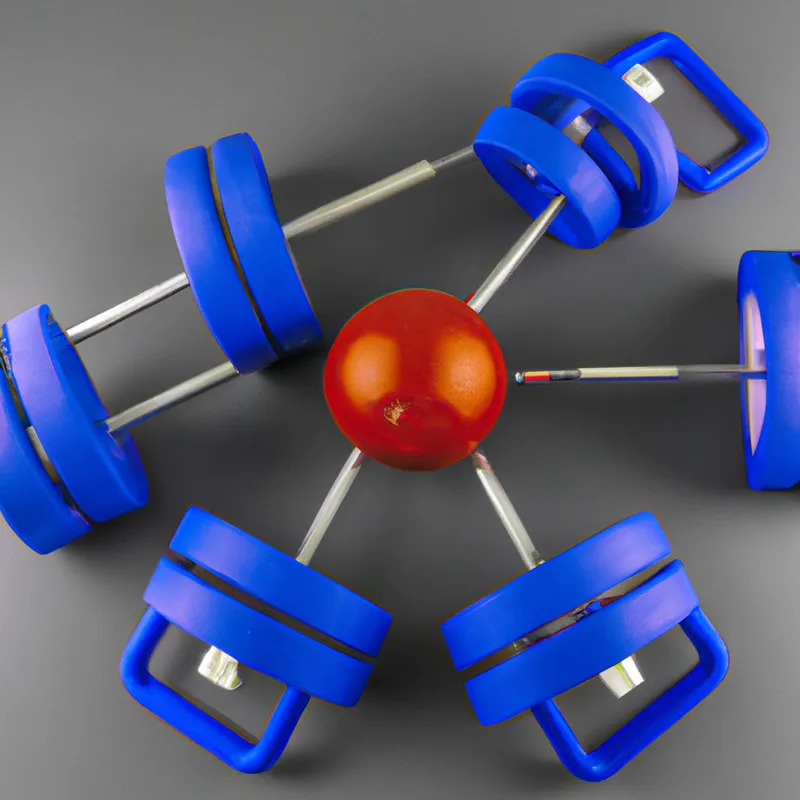Design a Tailored Strength Routine for Results
Developing a Personalized Functional Strength Program
Creating a personalized functional strength program transforms your fitness journey. Unlike traditional strength training, functional strength training emphasizes movements that mimic everyday activities. This approach enhances overall fitness and prepares your body for real-life challenges, such as lifting heavy boxes or playing with your kids. A well-designed program helps you achieve your fitness goals and improves your quality of life. This guide explores how to create a functional strength program tailored to your needs and lifestyle.
Understand Your Goals
Begin by clarifying your fitness goals. Decide what you want to achieve through this training. Do you want to enhance athletic performance, improve daily movement efficiency, or rehabilitate from an injury? Understanding your objectives will guide your program design and help you focus on the right exercises.
Identify Your Functional Movements
Next, consider the specific movements you perform daily. Common functional movements include:
– **Squatting**: Essential for sitting down, picking up objects, and using the restroom.
– **Lifting**: Lifting heavy items, like children or furniture, requires strength and proper technique.
– **Pushing**: Involves tasks like pushing a shopping cart or opening a door.
– **Pulling**: Necessary for activities like gardening and carrying bags.
– **Rotating**: Vital for twisting to reach for something behind you.
By identifying these movements, you ensure your program addresses them effectively. For instance, if you lift heavy groceries often, focus on exercises that strengthen your back, legs, and core.
Assess Your Current Fitness Level
Before starting your program, assess your current fitness level. This step helps you gauge your standing and identify areas needing improvement. Consider factors such as:
– **Strength**: How much weight can you lift for basic exercises like squats or deadlifts?
– **Flexibility**: Can you reach down to touch your toes or perform a deep squat without discomfort?
– **Balance**: How well can you maintain stability during single-leg exercises or while standing on one foot?
– **Endurance**: How long can you engage in physical activity before feeling fatigued?
Perform basic tests to evaluate your fitness. For instance, try a bodyweight squat to assess lower body strength or a plank to evaluate core stability. Record your results to track progress over time.
Create Your Program Structure
Once you understand your goals and current fitness level, create your program. A well-structured functional strength program typically includes:
1. **Warm-Up**: Start with dynamic stretches and mobility exercises to prepare your body for the workout.
Conclusion
In summary, developing a personalized functional strength program enhances fitness and prepares you for daily challenges.
Below are related products based on this post:
FAQ
What is a functional strength program and how does it differ from traditional strength training?
A functional strength program focuses on exercises that mimic everyday movements, enhancing overall fitness and preparing the body for daily challenges. Unlike traditional strength training, which often isolates muscle groups, functional training emphasizes compound movements that improve efficiency in real-life activities.
How can I determine my fitness goals before starting a functional strength program?
To determine your fitness goals, consider what you want to achieve through this training. Reflect on whether you aim to enhance athletic performance, improve daily movement efficiency, or rehabilitate from an injury. Clarifying your objectives will help guide your program design and focus your exercise selection.
What steps should I take to assess my current fitness level?
To assess your current fitness level, evaluate your strength, flexibility, balance, and endurance. Perform basic tests, such as bodyweight squats for lower body strength or a plank for core stability. This assessment will help you identify areas for improvement and track your progress over time.















Post Comment